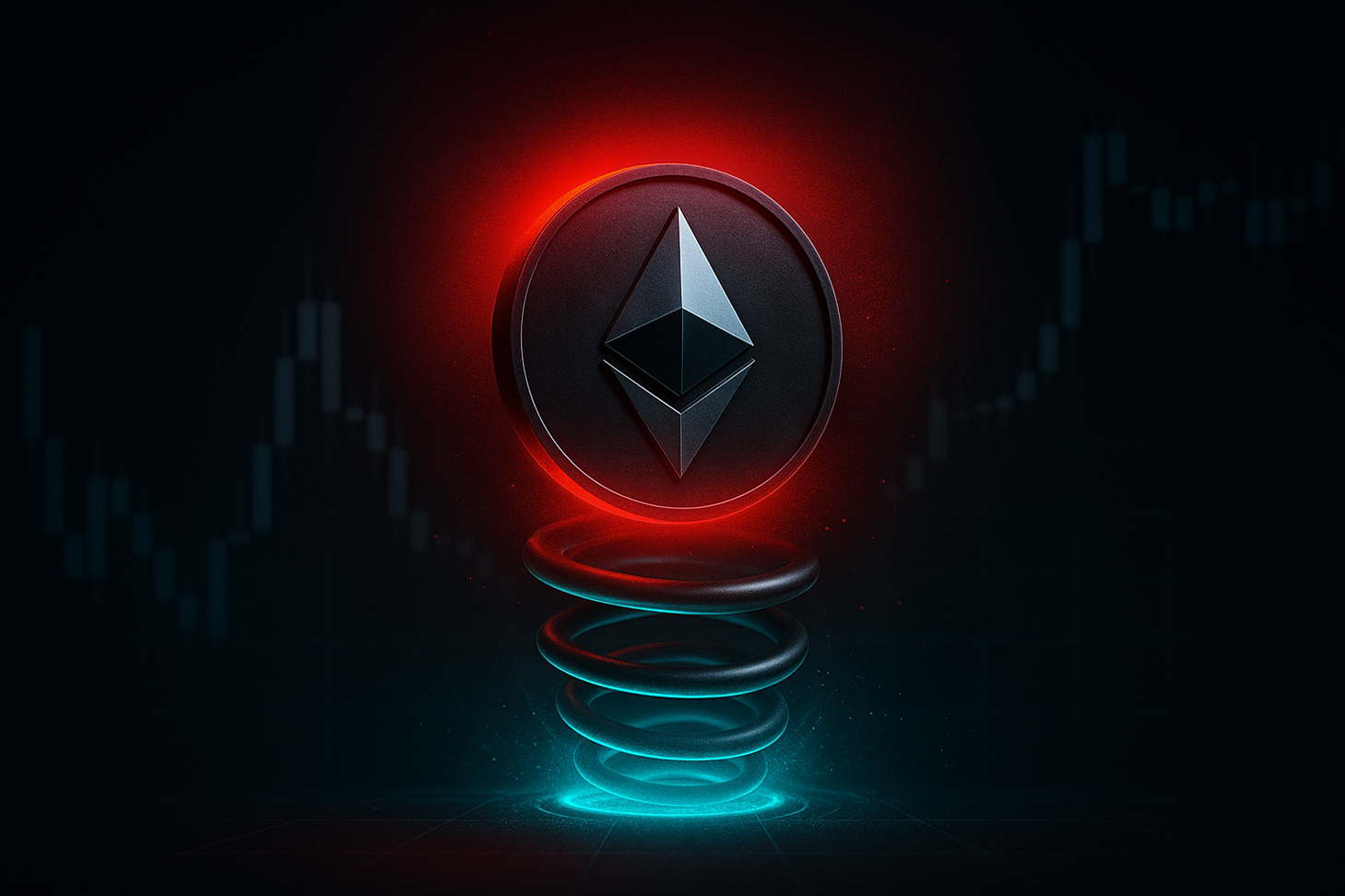In a conversation on Groww’s investor podcast released on YouTube, the Motilal Oswal Financial Services co-founder urged young investors to resist the pressure to act without clarity. Agrawal said most 20-year-olds underestimate how little they know about the market. “At the age of 20, what you don’t know is a lot of things… So when you see value–price gap, you will have a, what do you call, limited understanding of it.”
He recalled his own investing debut, a hostel tip-off that turned into a three-bagger. “I bought it 15 bucks, and in a year, two years’ time, it became 45 bucks,” he said, noting he was around 22 at the time. “Those kinds of breaks will happen.”
At 30, pick a lane: Professional or Passive?
Asked where Rs 1 lakh should go at 30, Agrawal said it depends on whether you want to master the game or outsource it.
“If I want to make a career in investing… then you should go to the stock market and figure out what is the value, what is the price, what is the earnings growth, what is the RoE, what is the momentum. I mean, it’s a full-time job, and it has become very competitive.”
Otherwise, “go and give your money to one of the fund managers and be happy with it.”
Everybody knows the price, nobody knows the value
Agrawal didn’t hold back on what he sees as the pitfalls of post-COVID market behaviour. “Out of 200 million demat accounts, 160 million is less than 5 years… they have no clue what they are buying and selling… (post COVID)… market is very impatient,” he said.
He stressed that understanding intrinsic value is the core skill. “Everybody knows the price. Nobody knows the value. Once you master the formula to discover value, investing becomes simple.”
And the real reward, he added, lies in spotting mispriced opportunity. “Is the return gap between price and value… is it asymmetric? We are looking for asymmetric… Asymmetricity in the return — that’s the excitement in the market.”
Agrawal dismissed market timing as a flawed strategy. “Not buying at the bottom is a crime if at all you are trying to time the market,” he said. “By the time you muster the courage to enter, you’ve already missed 40% of the upmove.”
He advised investors to look beyond narrative and into balance sheets. “I go straight to 23 financial ratios,” he said. “If two companies are equally profitable, but one collects its dues in 10 days while the other takes 90 days, the difference is huge.”
India and the U.S.
Despite growing global uncertainty, Agrawal believes India is one of the only two countries in the world, alongside the United States, where macroeconomic growth consistently flows into long-term equity returns. “There are 170 markets, but only these two allow for extrapolation of economic growth into stock performance,” he said.
“India,” he said, “is more predictable than the U.S.”
Also read | 8th Pay Commission: What Rs 3 lakh crore boost for government employees mean for stock market investors
(Disclaimer: Recommendations, suggestions, views and opinions given by the experts are their own. These do not represent the views of the Economic Times)













